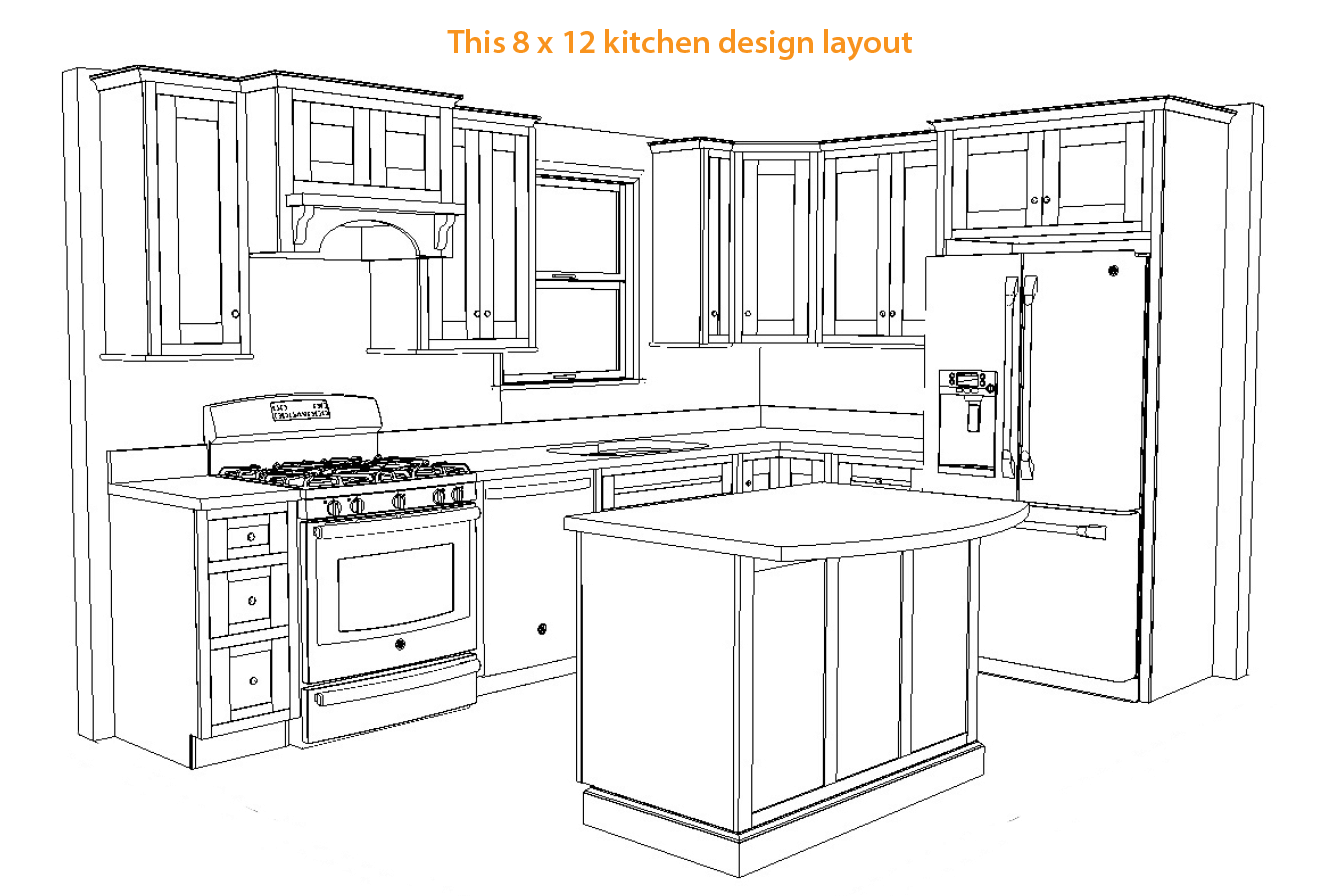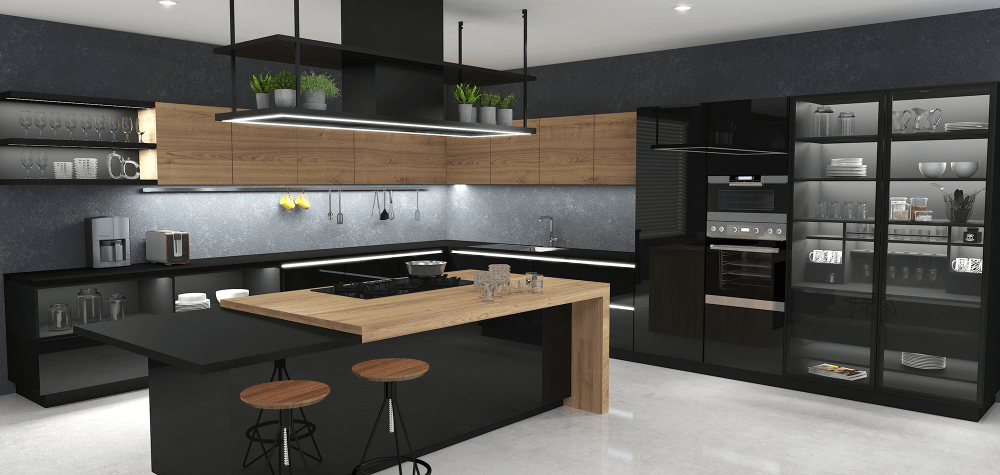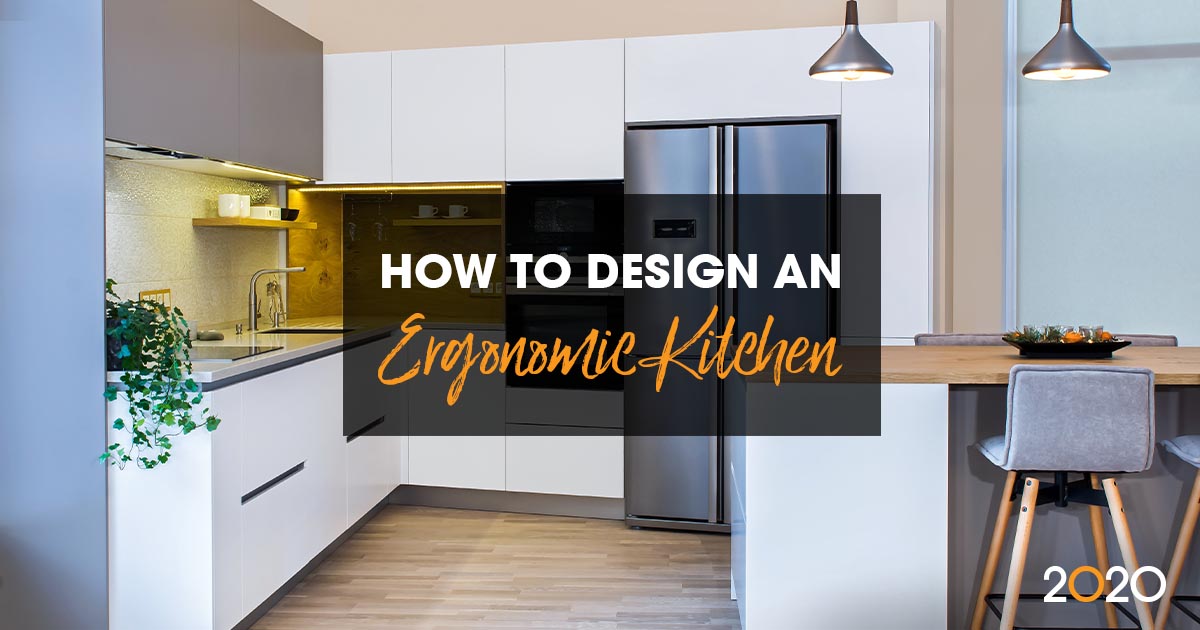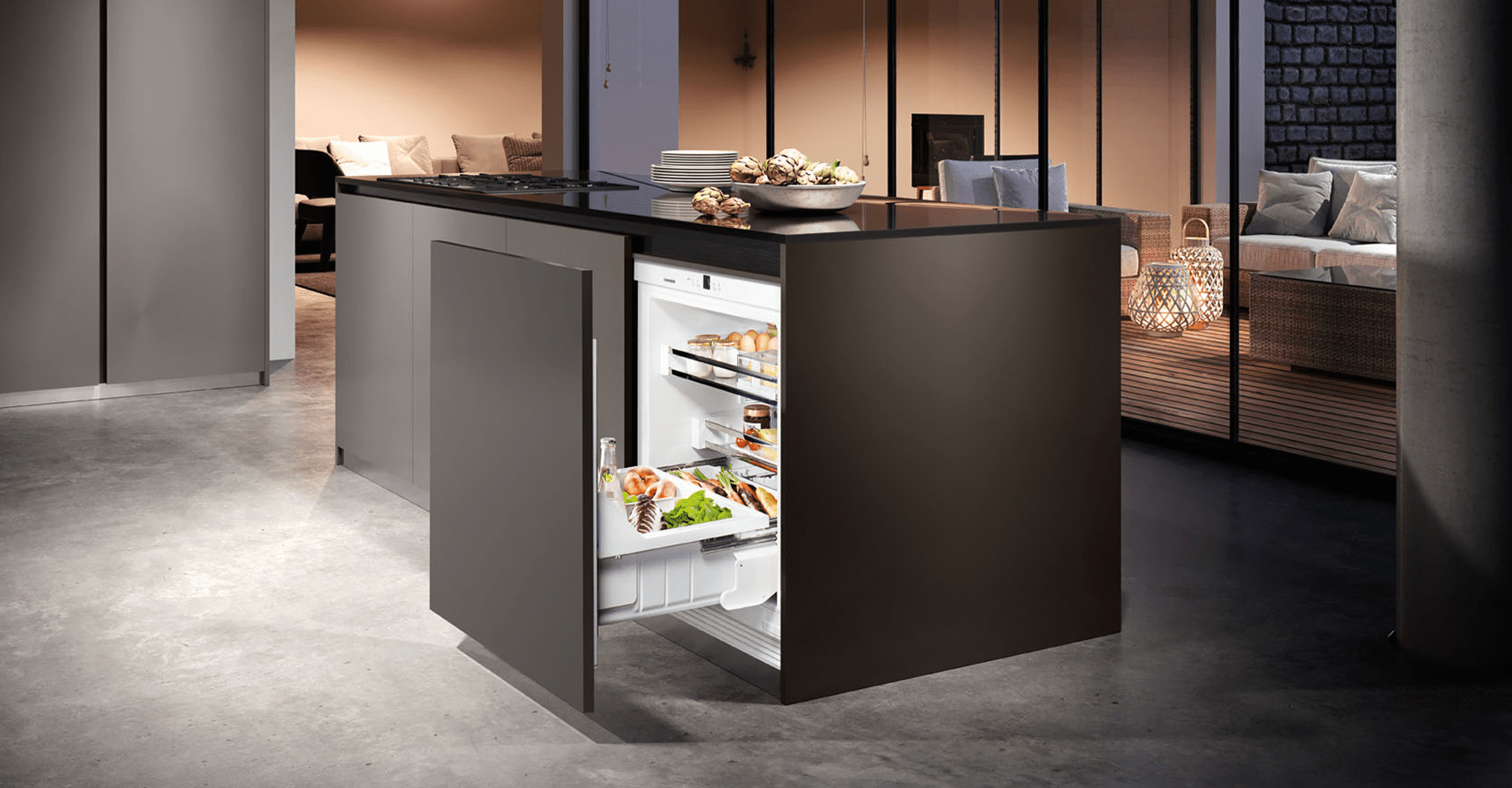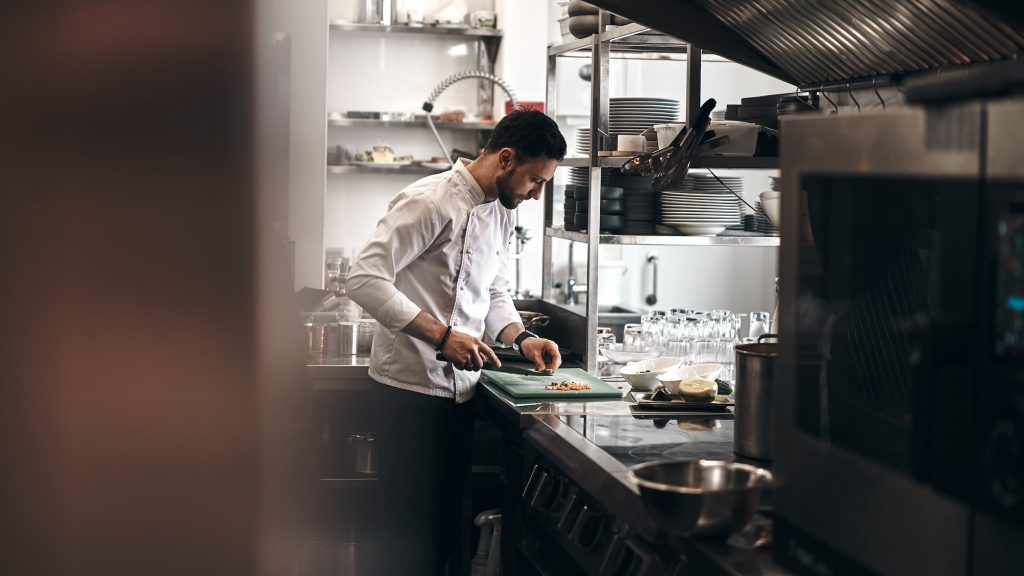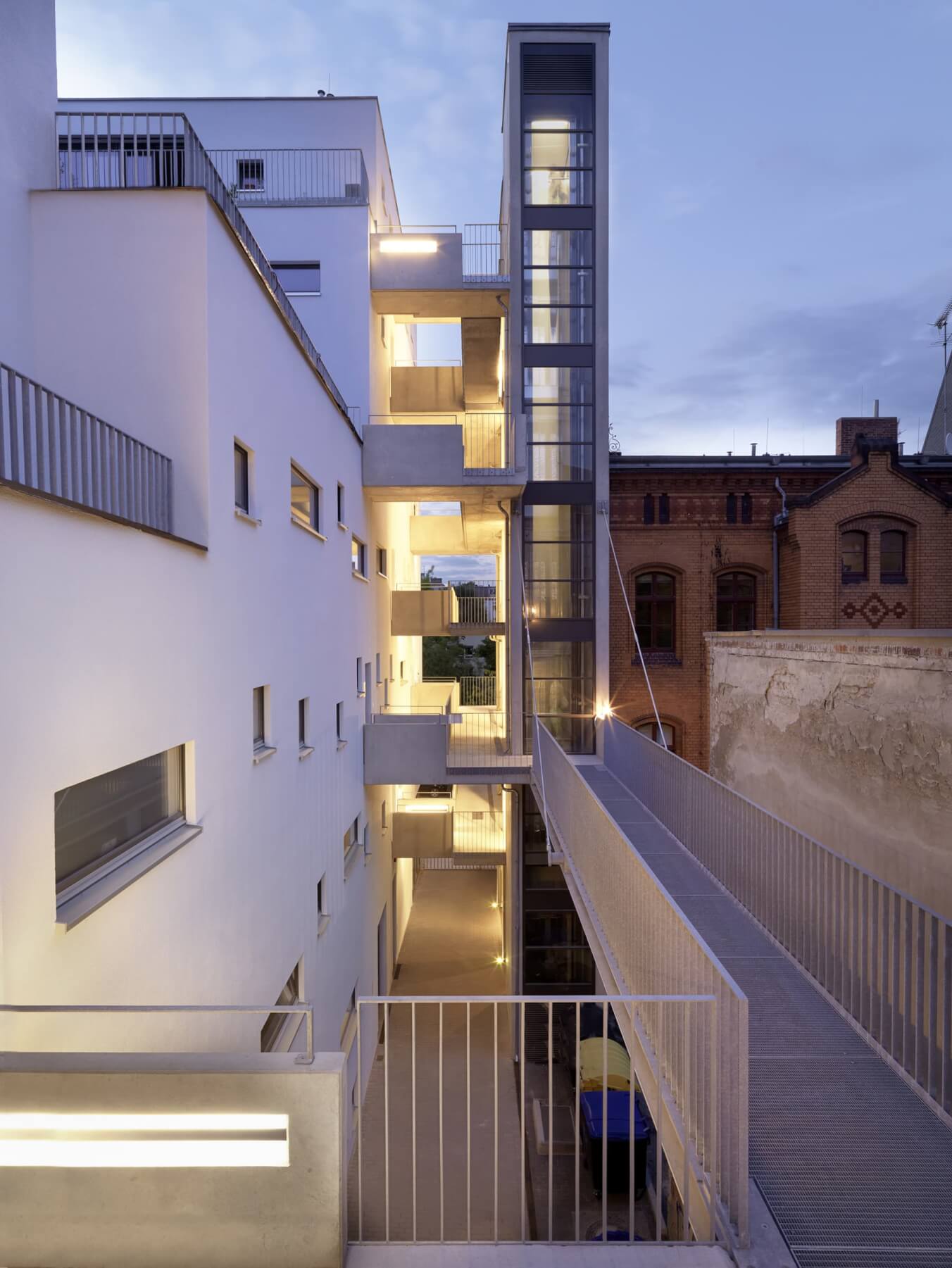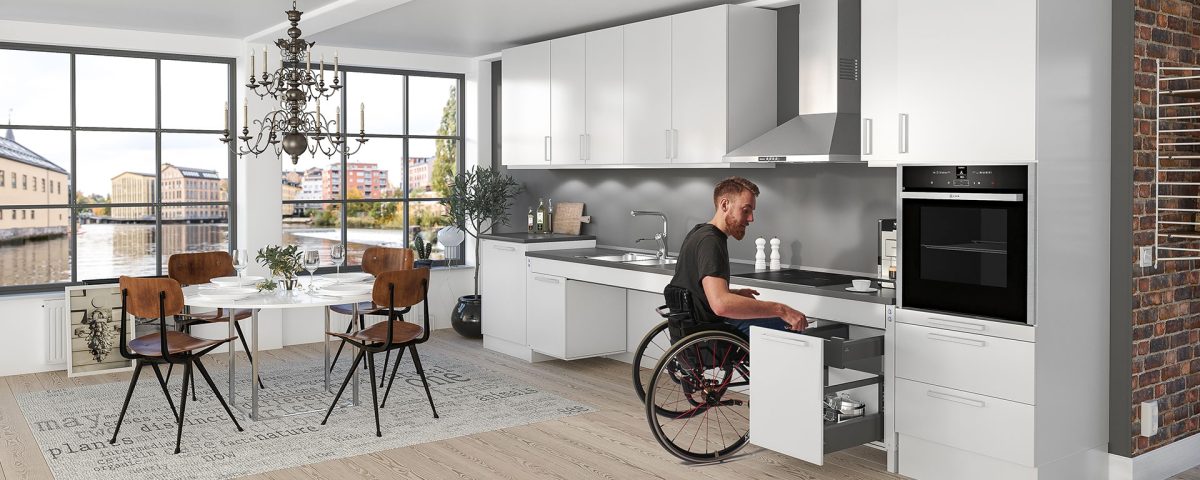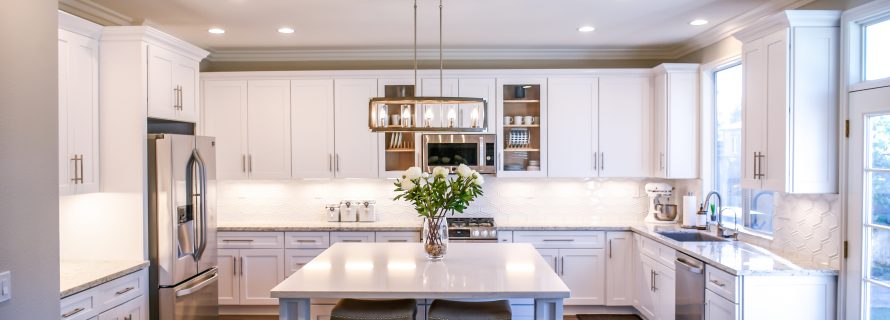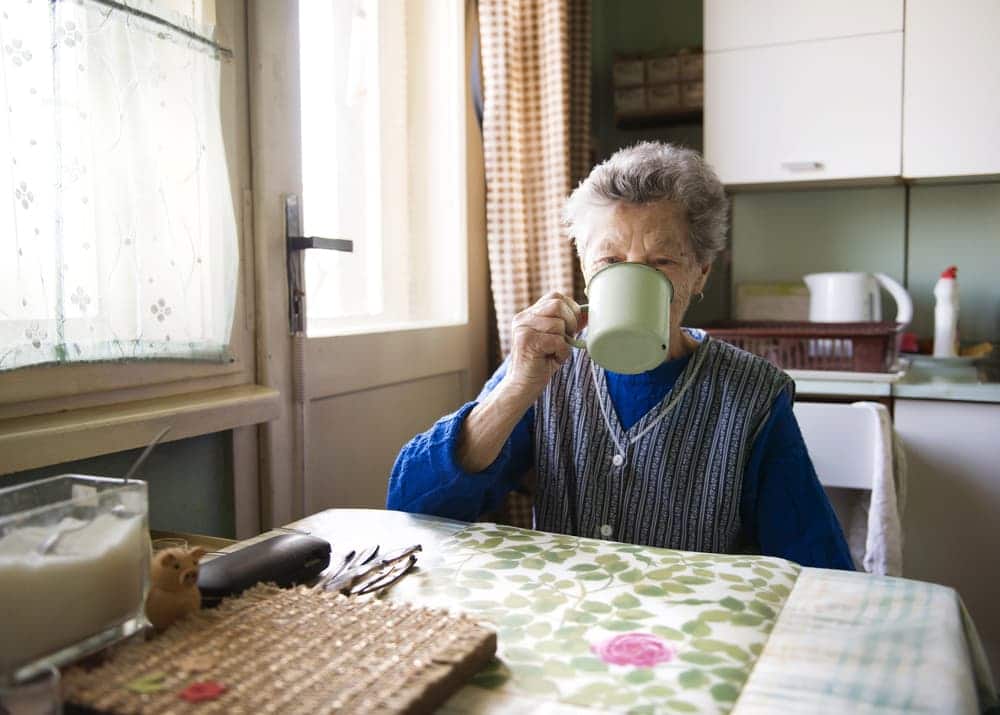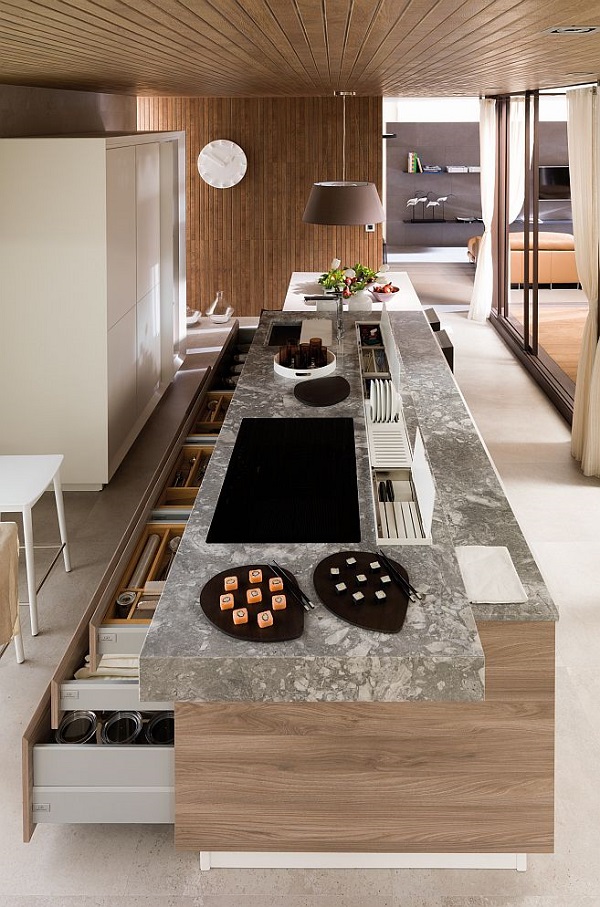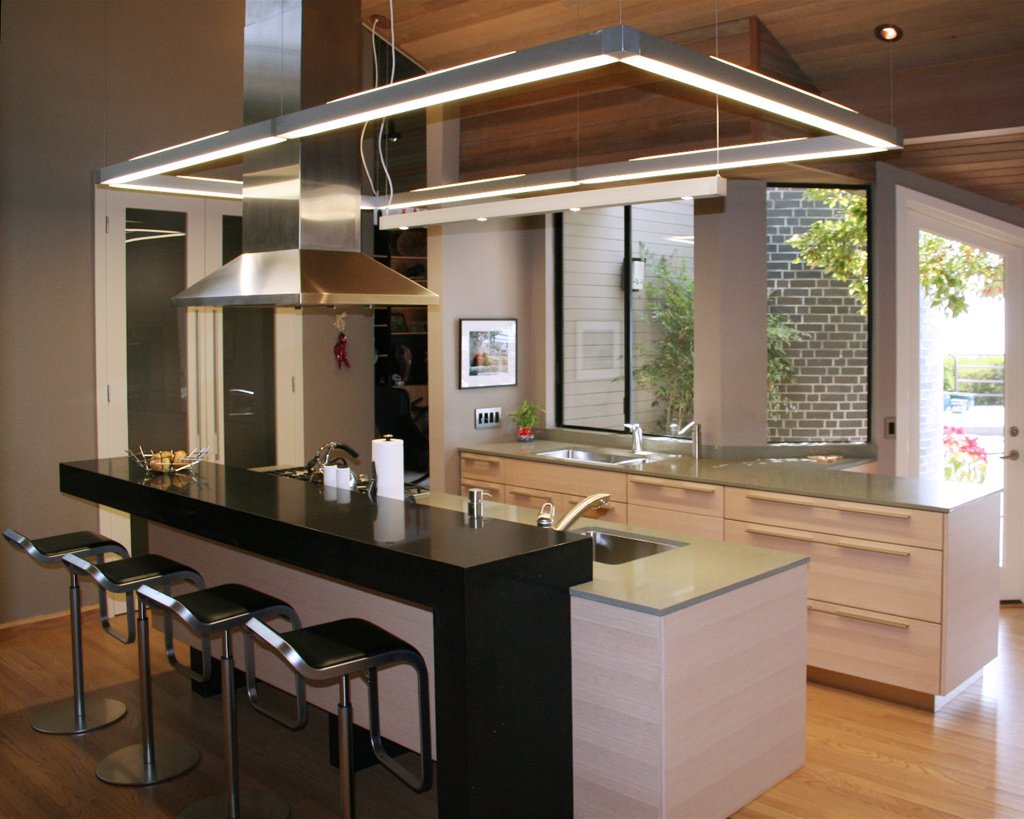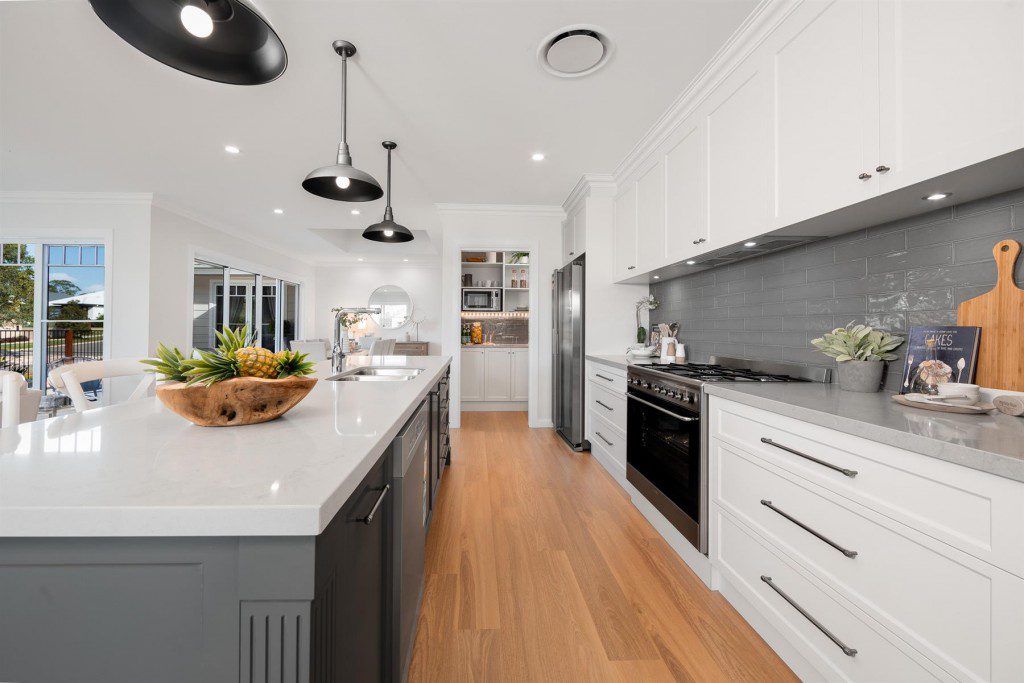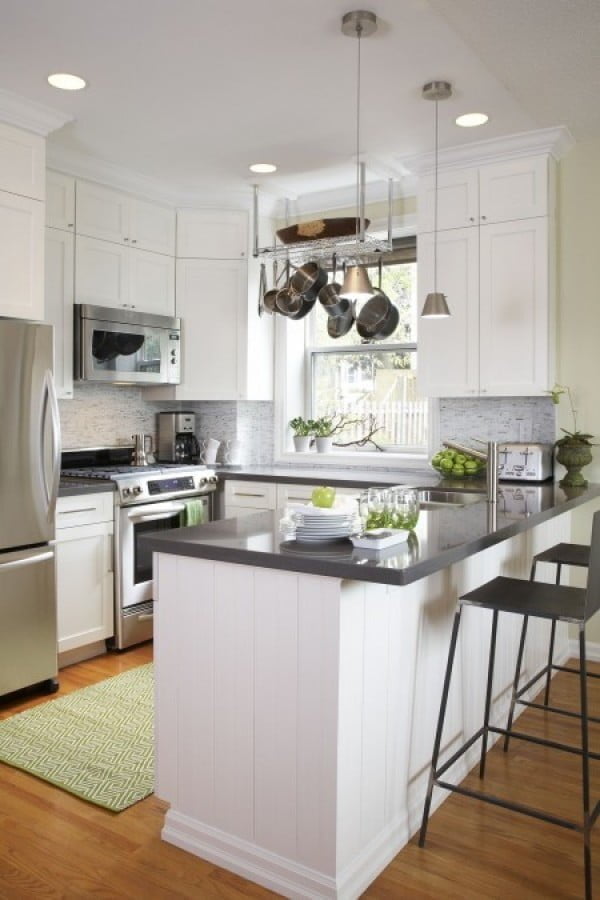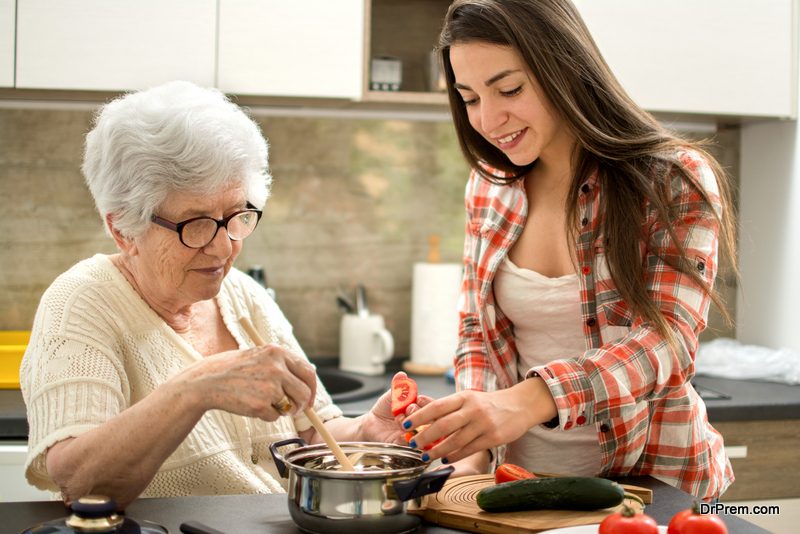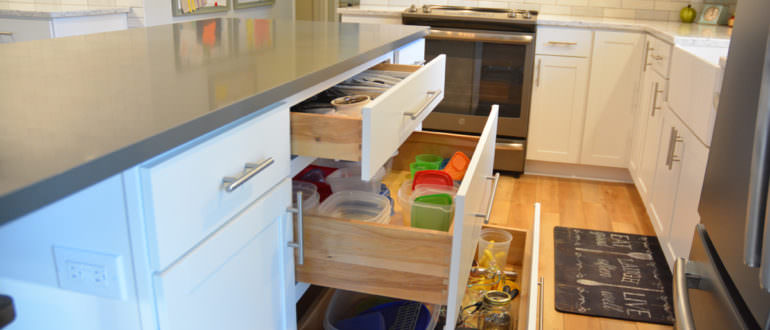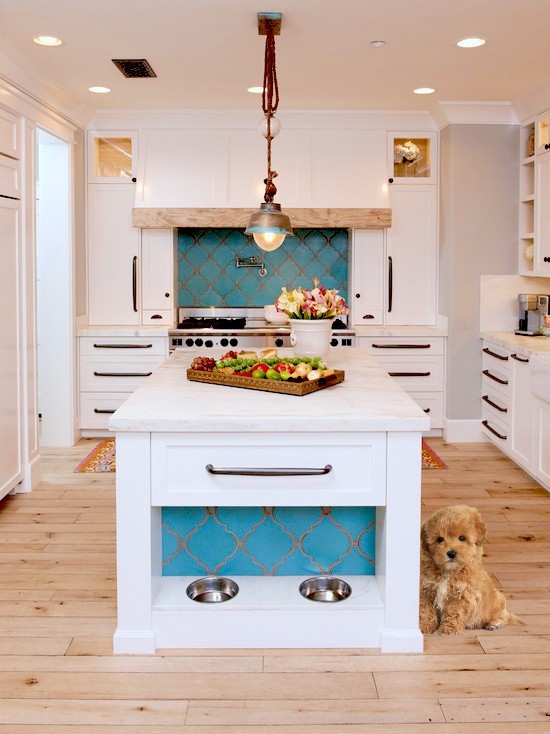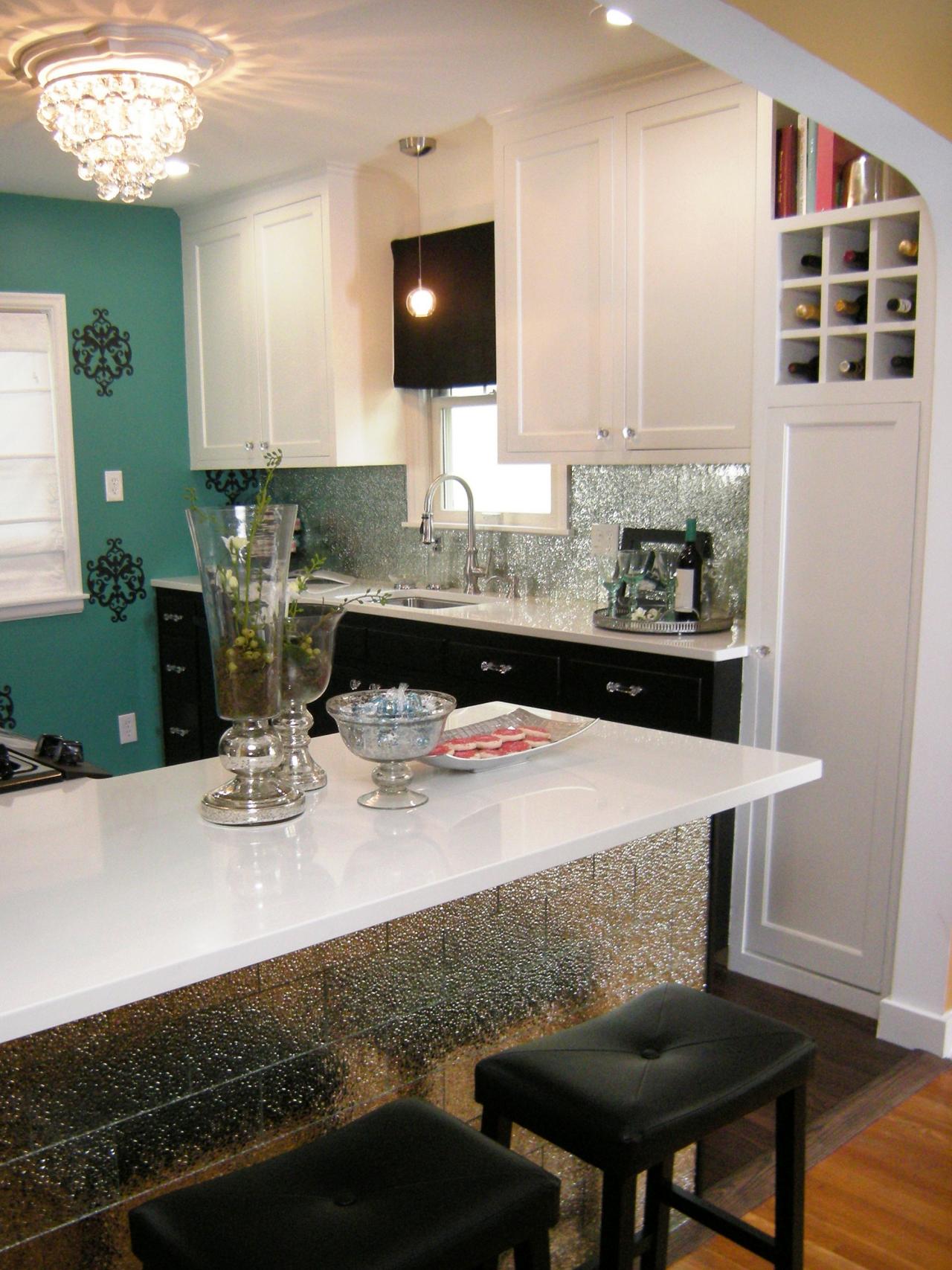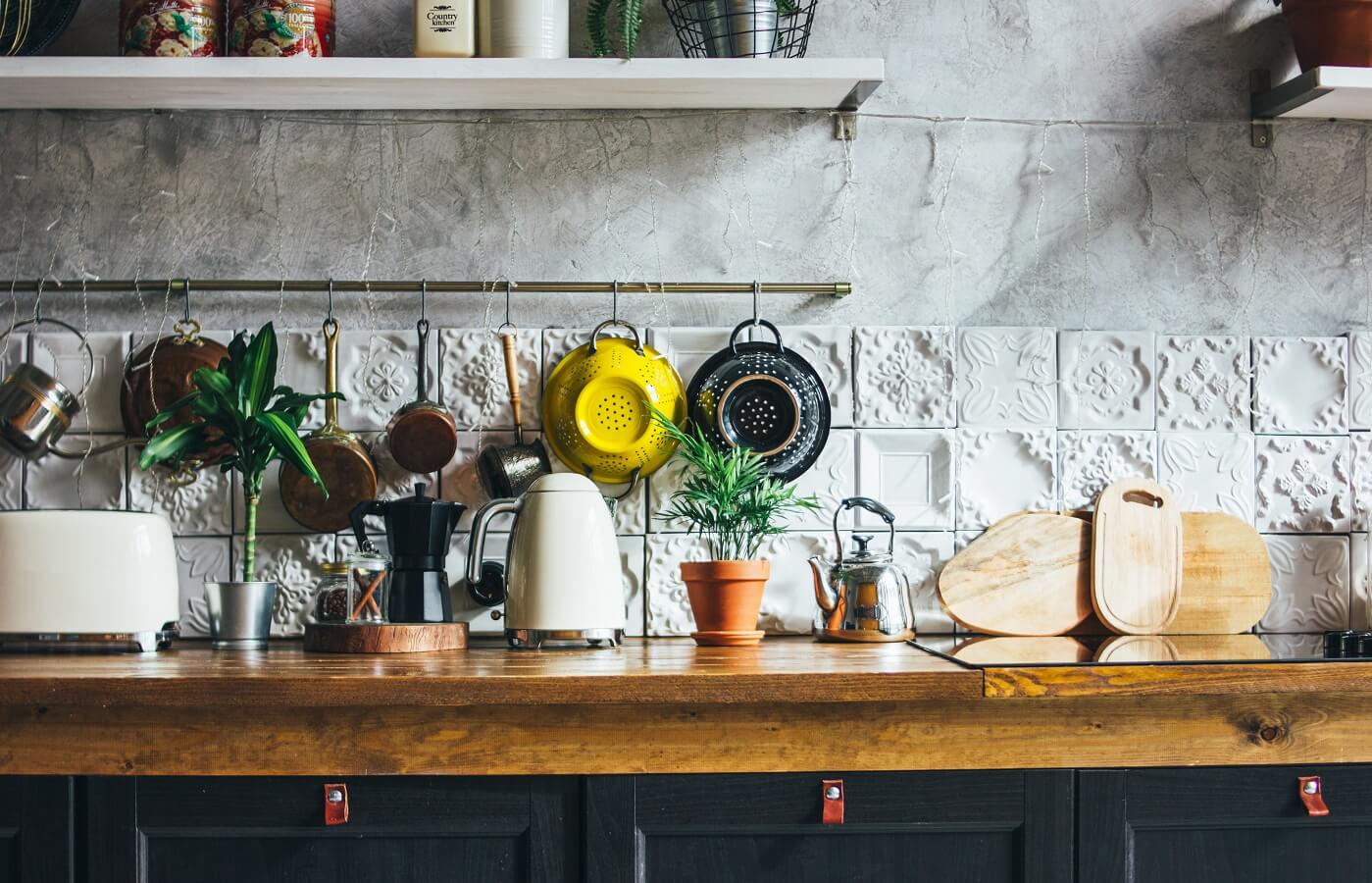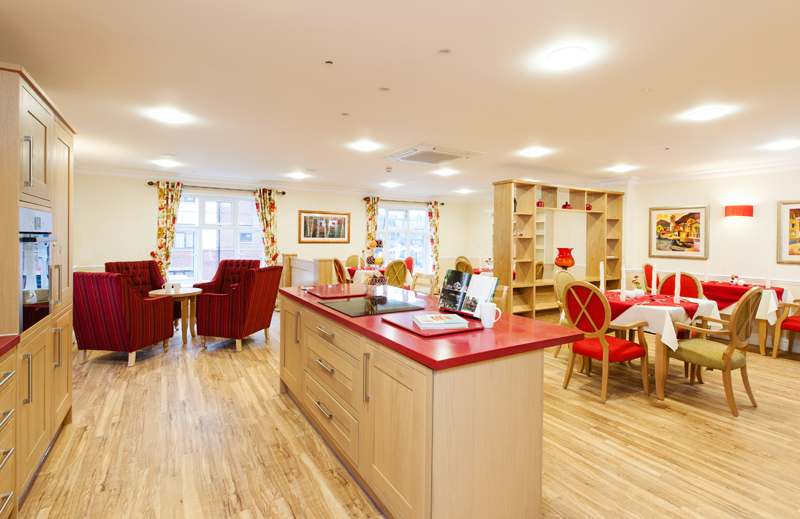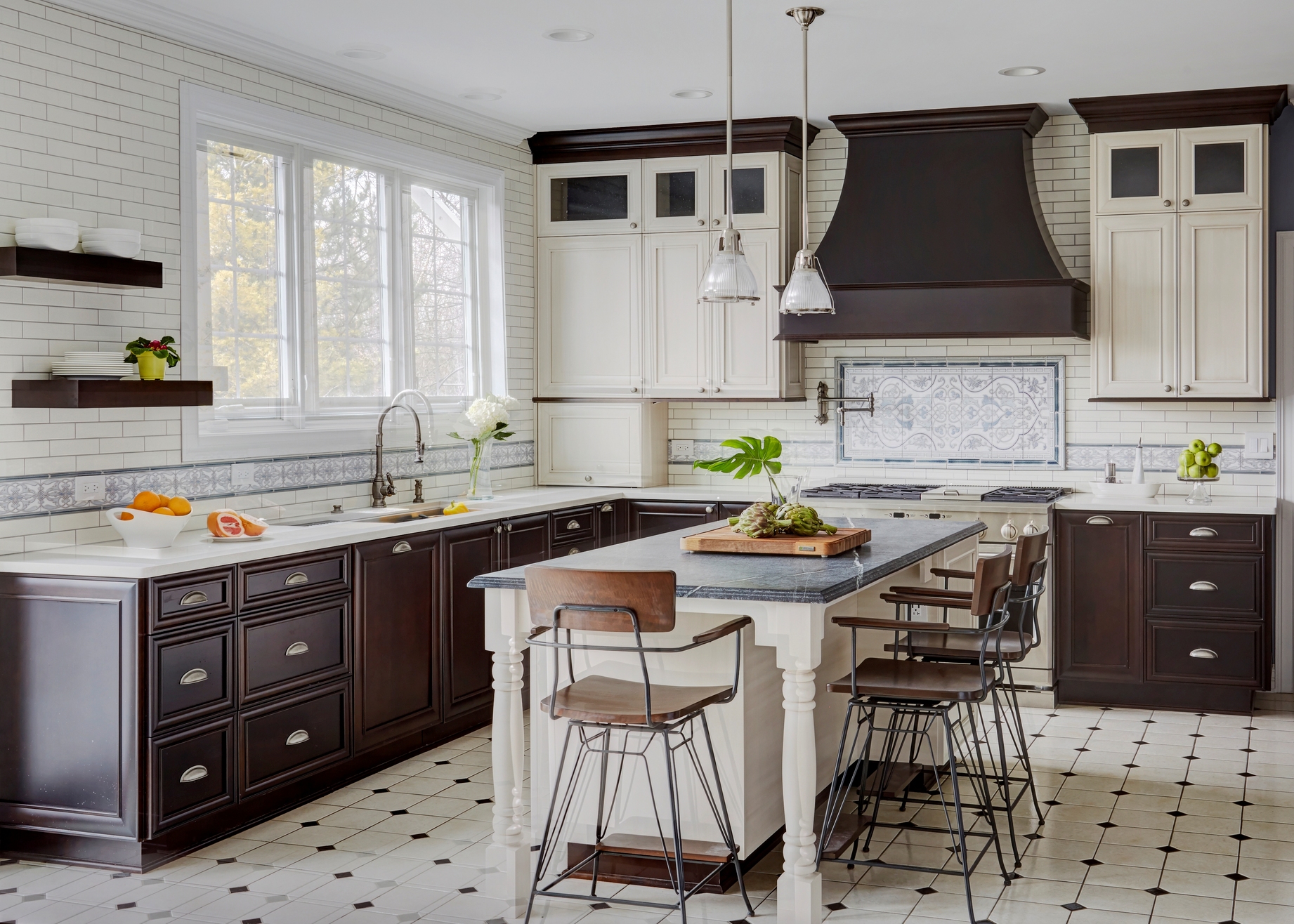If you're looking for a kitchen design that is suitable for elderly individuals, a universal design kitchen is an excellent option to consider. This type of design focuses on creating a space that is accessible and easy to use for people of all ages and abilities. With features like lower countertops, wider walkways, and pull-out shelves, a universal design kitchen ensures that all members of the household, regardless of their age or physical abilities, can easily navigate and use the kitchen.1. Universal Design Kitchen
As we age, our needs and abilities may change, and our homes should be able to adapt accordingly. An age-in-place kitchen design is specifically tailored to accommodate the changing needs of seniors. This type of design takes into consideration factors such as mobility, safety, and ease of use. Features like slip-resistant flooring, easy-grip handles, and height-adjustable countertops make an age-in-place kitchen an ideal choice for elderly individuals who want to age gracefully in their own homes.2. Age-in-Place Kitchen Design
For elderly individuals who use mobility aids such as wheelchairs or walkers, an accessible kitchen design is a must. This type of design includes features like lower countertops, open floor plans, and plenty of space to maneuver. It also takes into account the placement of appliances and storage to ensure that everything is within reach and easy to use. An accessible kitchen design not only makes daily tasks more manageable for seniors but also promotes independence and a sense of empowerment.3. Accessible Kitchen Design
The layout of a kitchen can greatly affect its functionality and ease of use, especially for elderly individuals. A senior-friendly kitchen layout focuses on creating a space that is efficient and easy to navigate. This typically involves positioning the main work areas, such as the sink, stove, and refrigerator, in a triangle formation for easy access. It also includes features like ample lighting, non-slip flooring, and easy-to-reach storage to make cooking and meal prep less physically demanding for seniors.4. Senior-Friendly Kitchen Layout
Ergonomics is the science of designing spaces and equipment to fit the needs and capabilities of the people who use them. When it comes to kitchen design for the elderly, an ergonomic approach is crucial. An ergonomic kitchen design takes into consideration factors such as comfort, safety, and efficiency. It includes features like adjustable countertops and shelves, easy-to-grip handles, and user-friendly appliances to minimize strain and promote proper body mechanics for seniors.5. Ergonomic Kitchen Design
A barrier-free kitchen design eliminates any physical barriers that may hinder the mobility of elderly individuals. This includes features like wide doorways and walkways, low or no-thresholds, and open shelving. A barrier-free kitchen design not only makes the space more accessible for seniors but also creates a more open and welcoming environment for all members of the household to gather and socialize.6. Barrier-Free Kitchen Design
When it comes to kitchen design for the elderly, safety should always be a top priority. A safe kitchen design for seniors takes into consideration potential hazards and implements measures to prevent accidents and injuries. This may include features like slip-resistant flooring, proper lighting, and easy-to-reach emergency buttons. It's also essential to consider the placement of appliances and storage to avoid potentially dangerous situations, such as reaching over a hot stove.7. Safe Kitchen Design for Elderly
Functionality is key when it comes to creating a kitchen that is suitable for elderly individuals. A functional kitchen design for seniors ensures that the space is designed with their specific needs and abilities in mind. This may include features like easy-to-use appliances, ample lighting, and plenty of storage options. By focusing on functionality, this type of kitchen design allows seniors to continue to enjoy cooking and meal preparation without feeling overwhelmed or frustrated.8. Functional Kitchen Design for Seniors
As we age, simple tasks can become more challenging. That's why an easy-to-use kitchen design is essential for elderly individuals. This type of design considers the ease of use of every aspect of the kitchen, from the layout and appliances to the storage and lighting. Features like touchless faucets, pull-out shelves, and voice-activated appliances make it easier for seniors to complete daily tasks in the kitchen without any added stress or strain.9. Easy-to-Use Kitchen Design for Elderly
For elderly individuals with dementia, a kitchen can easily become a confusing and overwhelming space. A dementia-friendly kitchen design takes into consideration the unique needs of individuals with this condition and implements features to promote safety and ease of use. This may include features like color-coded appliances, easy-to-read labels, and simple, uncluttered layouts. By creating a dementia-friendly kitchen, elderly individuals with this condition can continue to maintain their independence and engage in daily tasks with confidence.10. Dementia-Friendly Kitchen Design
The Importance of the Best Kitchen Design for Elderly
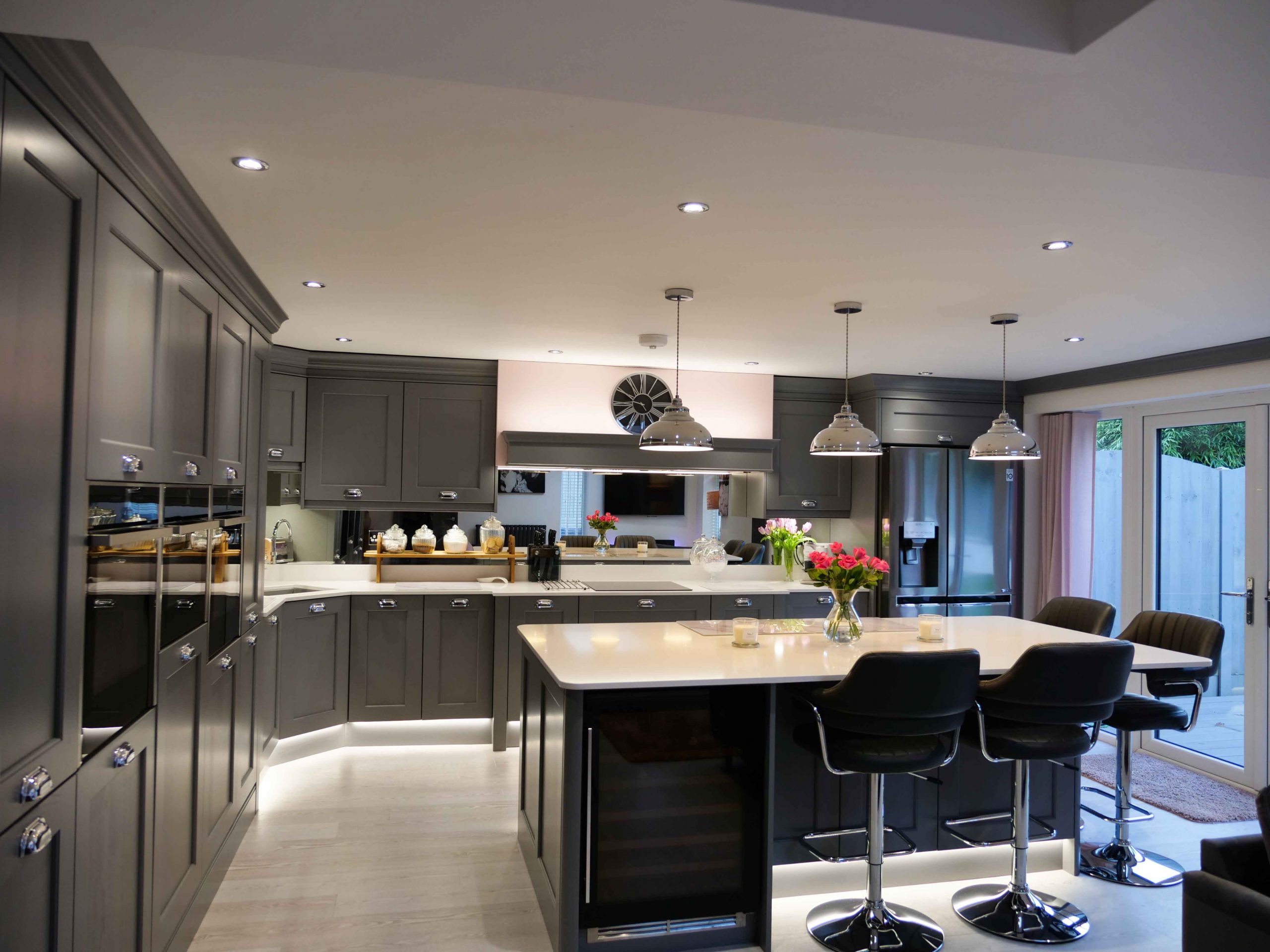
Ensuring Accessibility and Safety
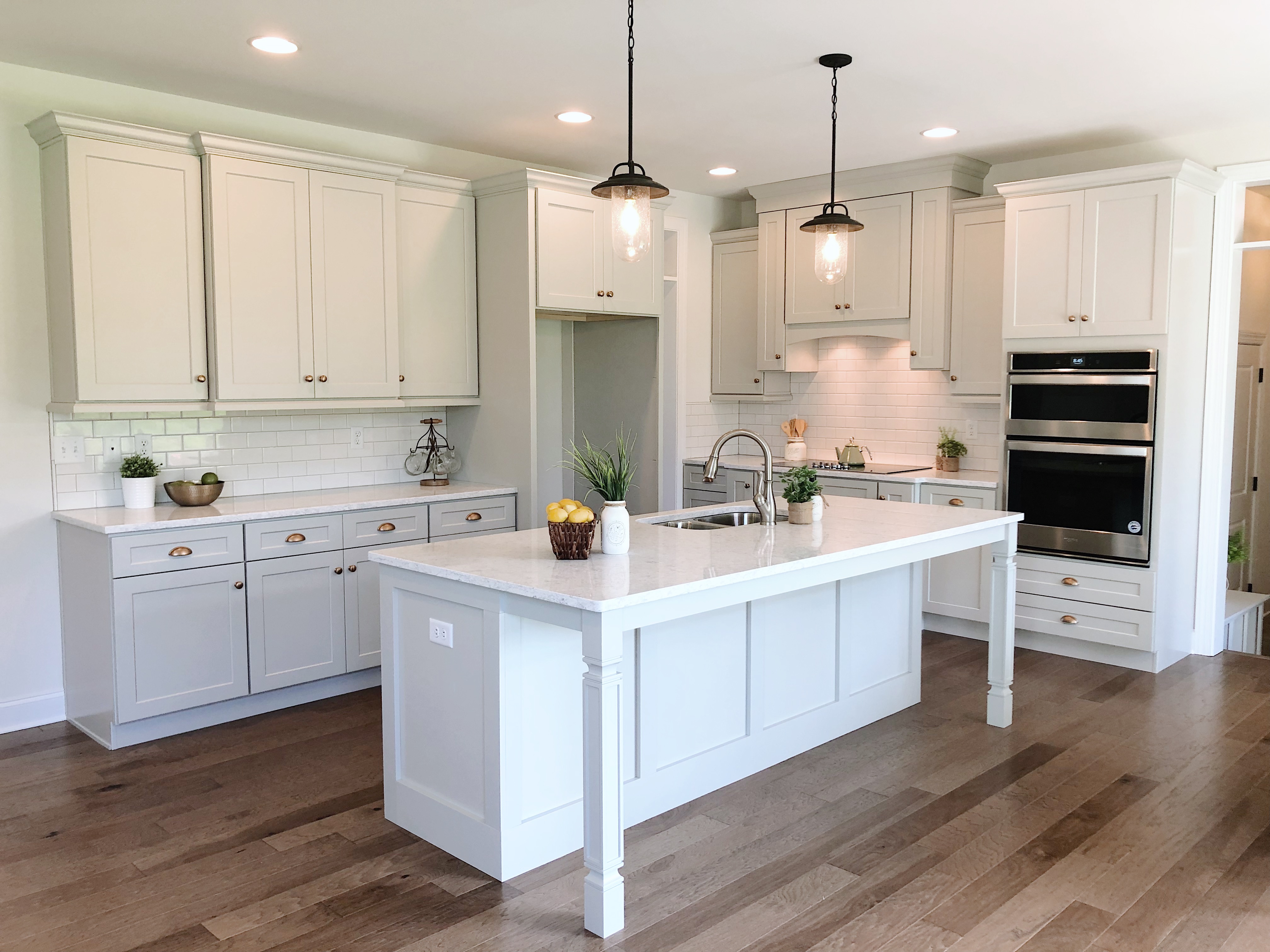 As we age, our needs and capabilities change, and this includes the way we navigate and use our kitchen. For elderly individuals, having a well-designed and accessible kitchen is crucial to maintaining their independence and safety. A poorly designed kitchen can lead to accidents and frustration, making it difficult for elderly individuals to cook and prepare meals for themselves. Therefore, it is essential to consider the best kitchen design for the elderly to ensure their well-being and comfort.
As we age, our needs and capabilities change, and this includes the way we navigate and use our kitchen. For elderly individuals, having a well-designed and accessible kitchen is crucial to maintaining their independence and safety. A poorly designed kitchen can lead to accidents and frustration, making it difficult for elderly individuals to cook and prepare meals for themselves. Therefore, it is essential to consider the best kitchen design for the elderly to ensure their well-being and comfort.
Ease of Movement
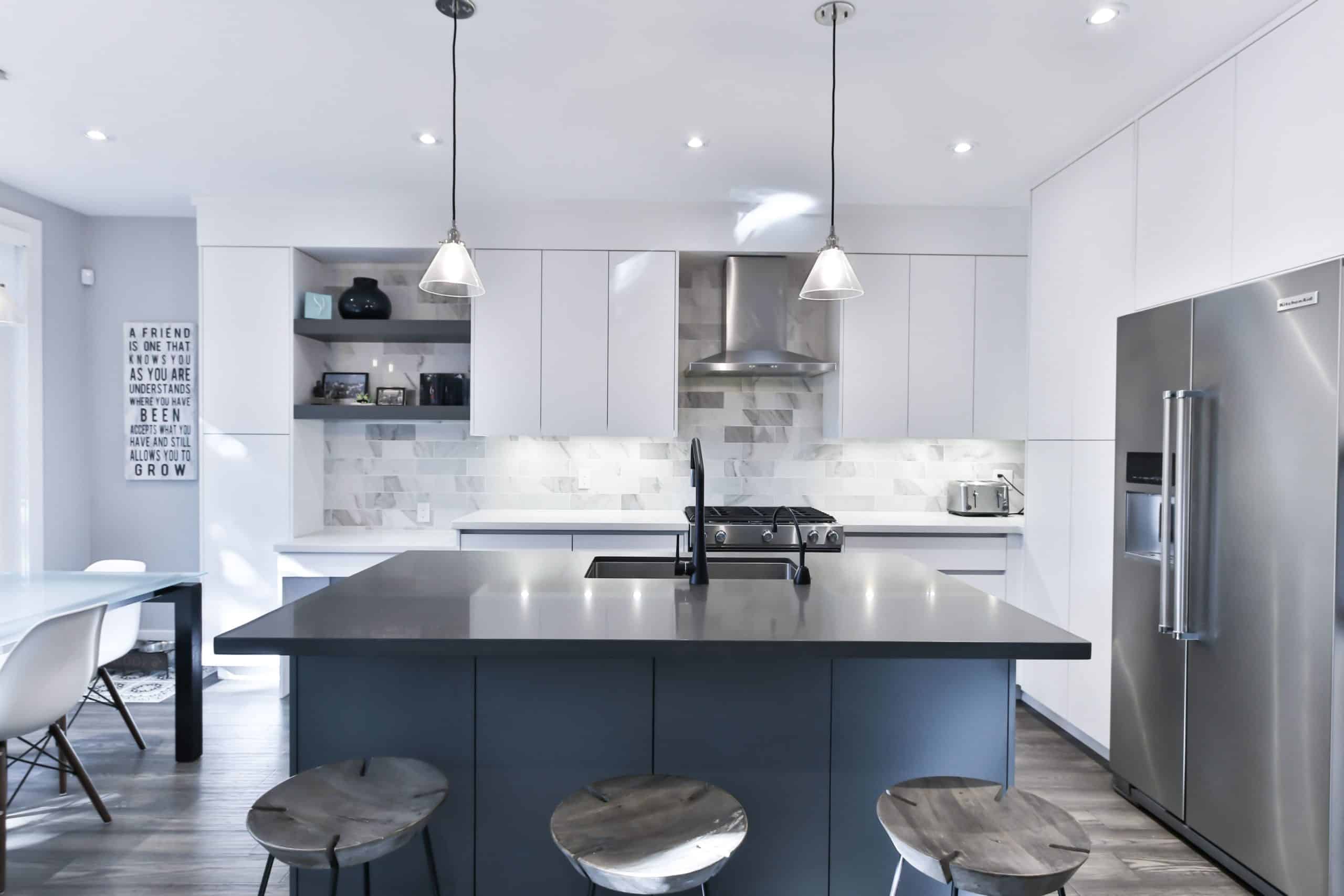 One of the main considerations when designing a kitchen for the elderly is ease of movement. This includes having enough space for wheelchair or walker access, as well as keeping frequently used items within easy reach.
Countertops should be at a comfortable height and have rounded edges to prevent injuries.
Cabinets and drawers should also be designed with pull-out shelves and racks, making it easier to access items without having to bend or stretch. By reducing physical strain and promoting ease of movement, the kitchen becomes a more accessible and functional space for elderly individuals.
One of the main considerations when designing a kitchen for the elderly is ease of movement. This includes having enough space for wheelchair or walker access, as well as keeping frequently used items within easy reach.
Countertops should be at a comfortable height and have rounded edges to prevent injuries.
Cabinets and drawers should also be designed with pull-out shelves and racks, making it easier to access items without having to bend or stretch. By reducing physical strain and promoting ease of movement, the kitchen becomes a more accessible and functional space for elderly individuals.
Lighting and Contrast
 Good lighting is essential for any kitchen, but it becomes even more critical for the elderly.
Bright and even lighting can help improve visibility, making it easier to navigate and use the kitchen.
Installing task lighting over work areas and under-cabinet lighting can also help reduce glare and shadows, making it easier to see while cooking. In addition, using contrasting colors for cabinets and countertops can help elderly individuals distinguish between different surfaces and appliances, reducing the risk of accidents.
Good lighting is essential for any kitchen, but it becomes even more critical for the elderly.
Bright and even lighting can help improve visibility, making it easier to navigate and use the kitchen.
Installing task lighting over work areas and under-cabinet lighting can also help reduce glare and shadows, making it easier to see while cooking. In addition, using contrasting colors for cabinets and countertops can help elderly individuals distinguish between different surfaces and appliances, reducing the risk of accidents.
Easy-to-Use Appliances and Fixtures
 Another crucial aspect of the best kitchen design for the elderly is the use of easy-to-use appliances and fixtures.
Appliances with large, easy-to-read displays and simplified controls can make cooking tasks less daunting for elderly individuals.
Additionally, installing lever handles instead of knobs for faucets and cabinets can make it easier for those with limited hand dexterity. These small changes can make a big difference in the functionality and accessibility of the kitchen for the elderly.
Another crucial aspect of the best kitchen design for the elderly is the use of easy-to-use appliances and fixtures.
Appliances with large, easy-to-read displays and simplified controls can make cooking tasks less daunting for elderly individuals.
Additionally, installing lever handles instead of knobs for faucets and cabinets can make it easier for those with limited hand dexterity. These small changes can make a big difference in the functionality and accessibility of the kitchen for the elderly.
Conclusion
 In summary, the best kitchen design for the elderly focuses on accessibility, safety, and ease of use. By considering the unique needs and capabilities of elderly individuals, designers can create a space that promotes independence, comfort, and well-being. With the right design elements, the kitchen can remain a functional and enjoyable space for elderly individuals to prepare meals and socialize with family and friends.
In summary, the best kitchen design for the elderly focuses on accessibility, safety, and ease of use. By considering the unique needs and capabilities of elderly individuals, designers can create a space that promotes independence, comfort, and well-being. With the right design elements, the kitchen can remain a functional and enjoyable space for elderly individuals to prepare meals and socialize with family and friends.



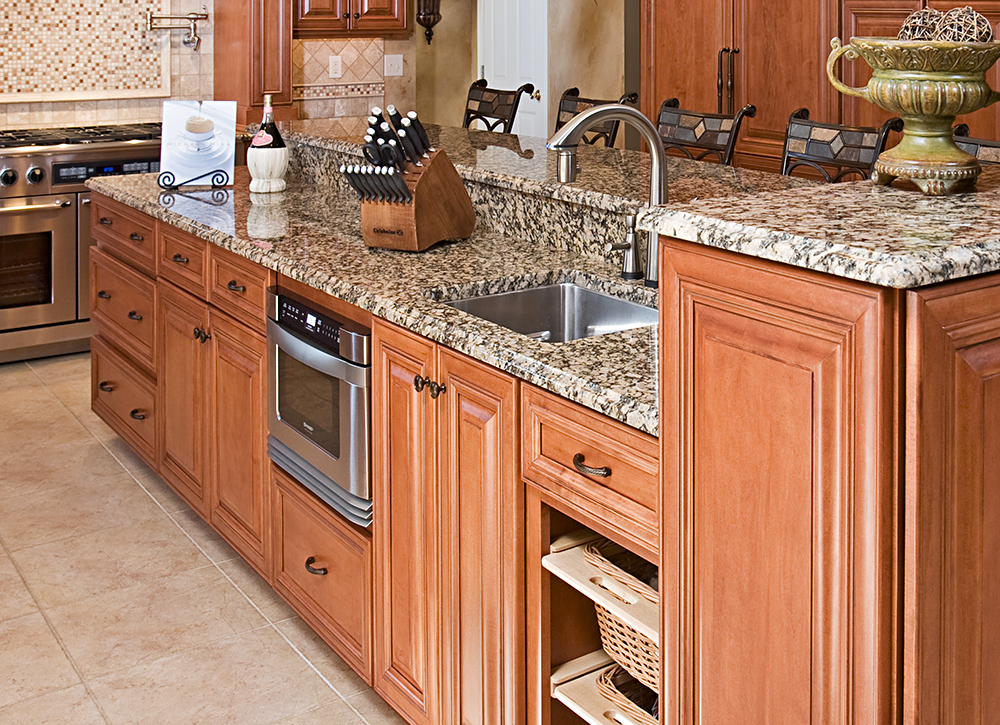
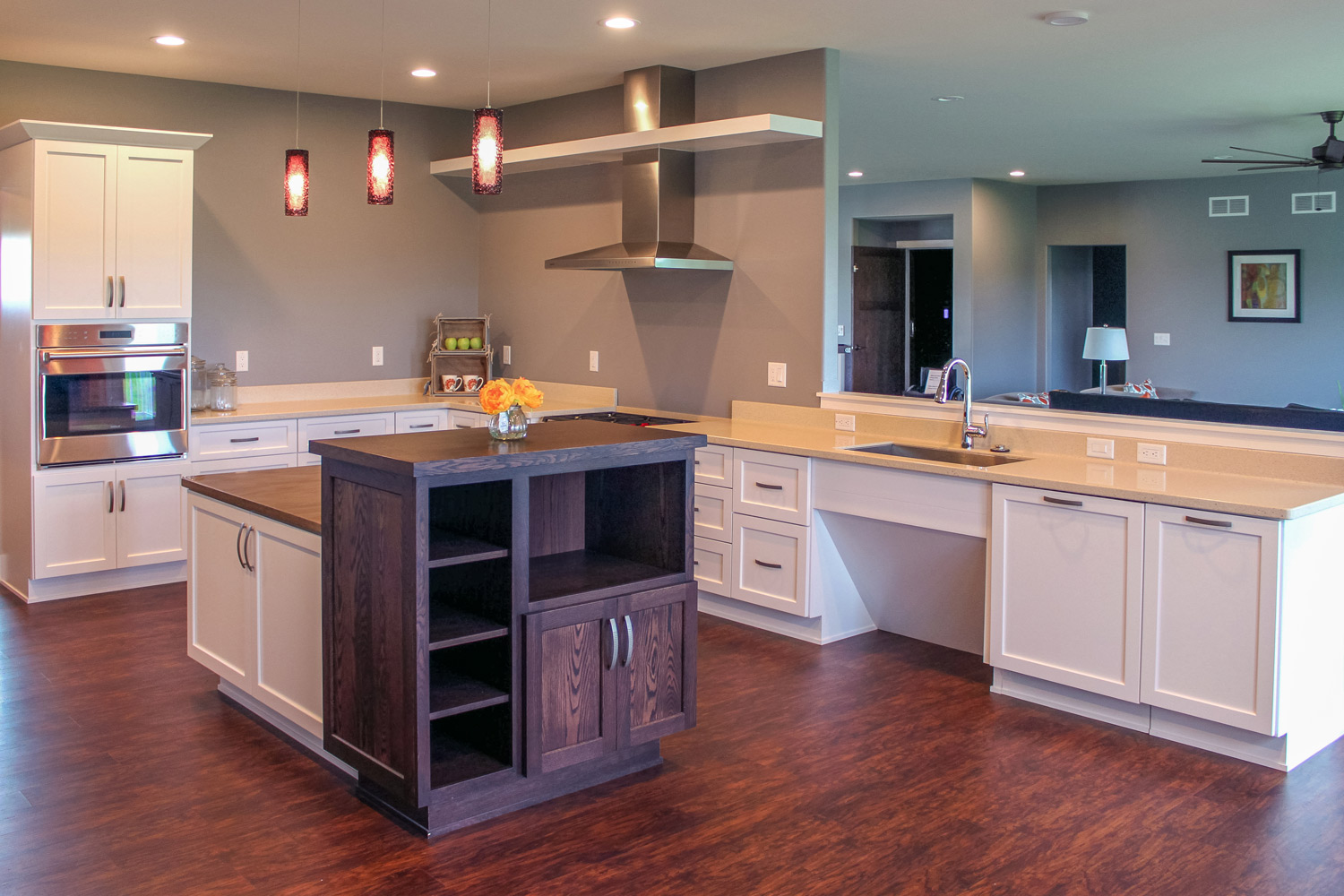

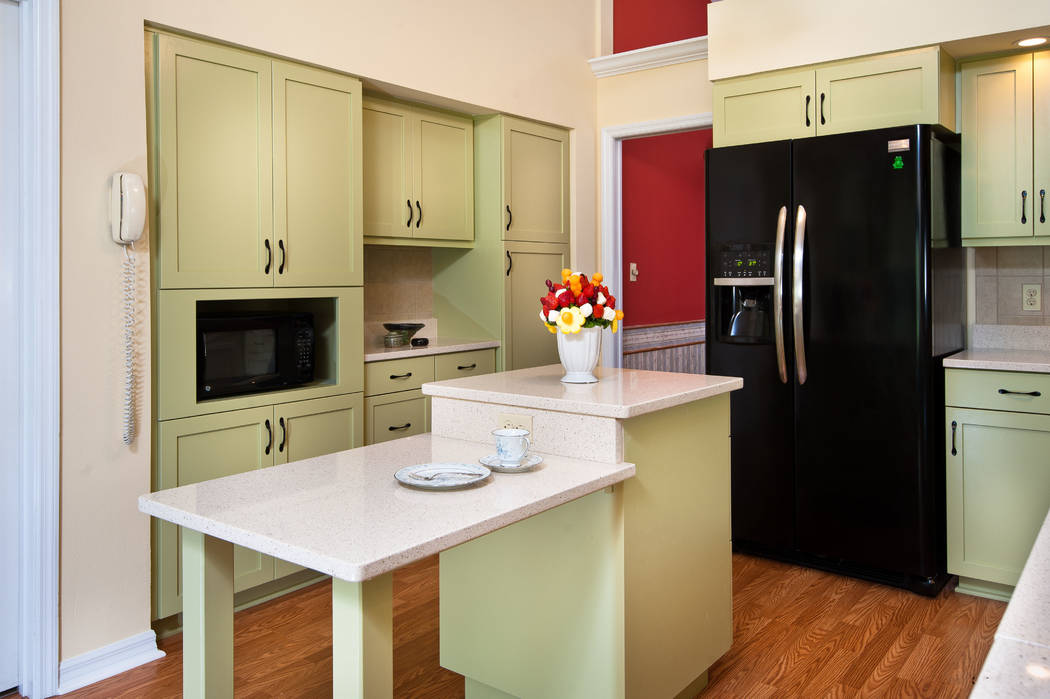

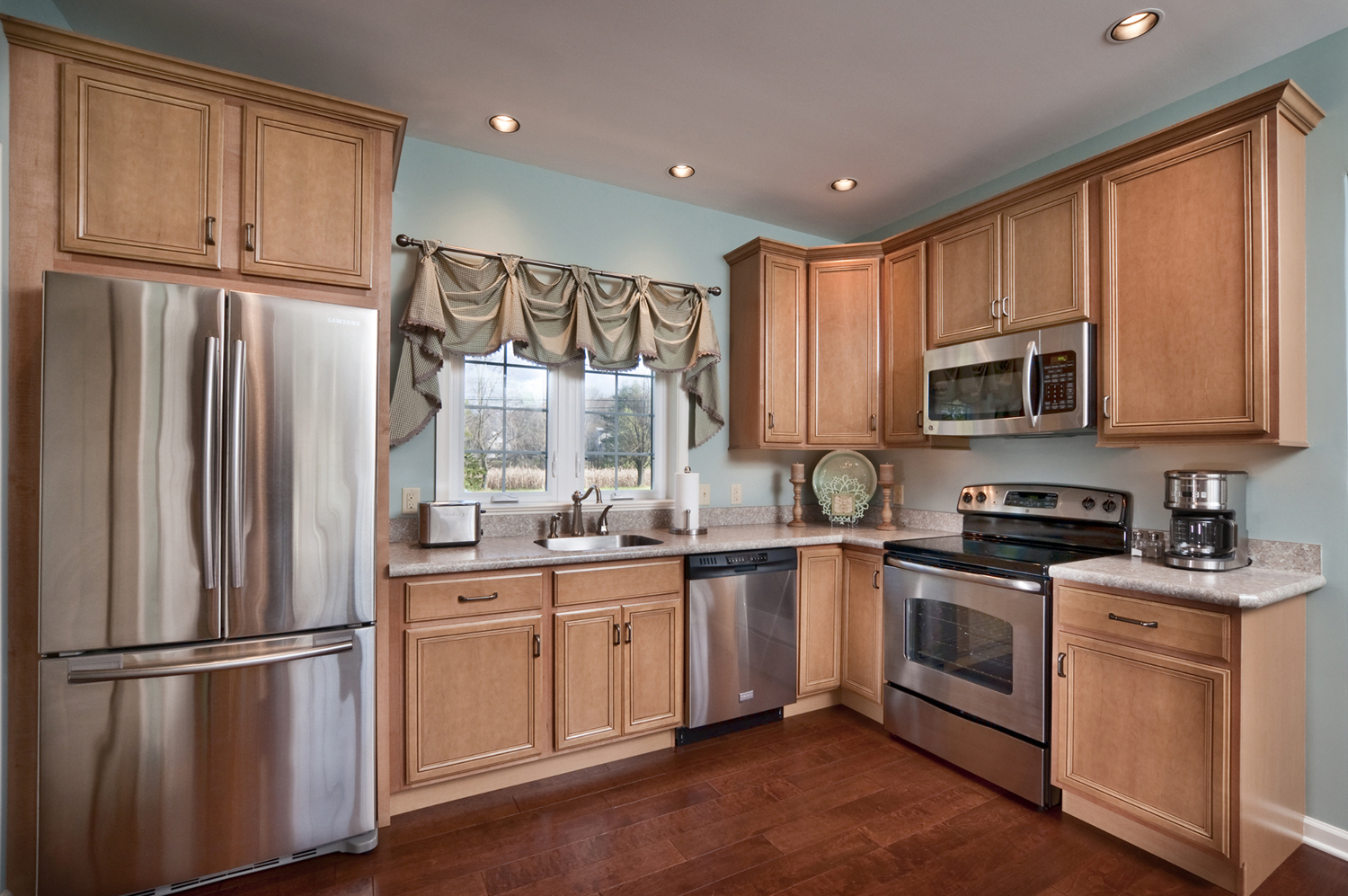
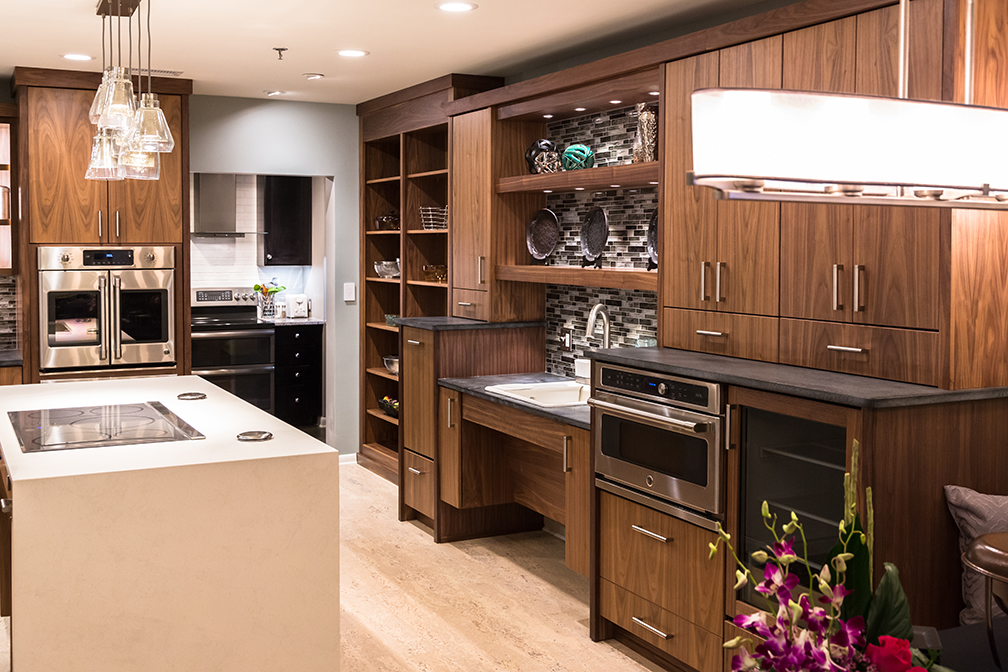







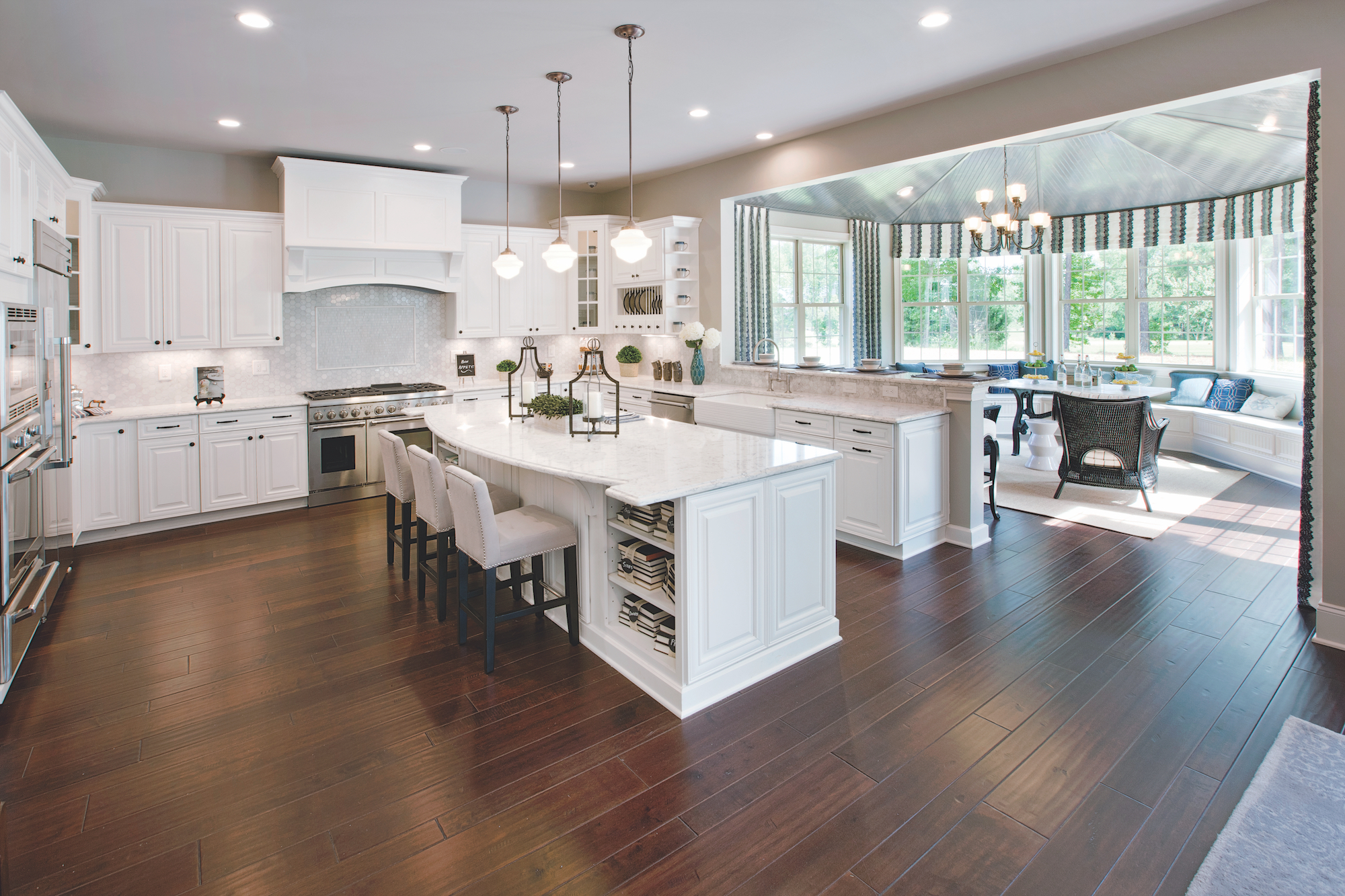

/light-blue-modern-kitchen-CWYoBOsD4ZBBskUnZQSE-l-97a7f42f4c16473a83cd8bc8a78b673a.jpg)


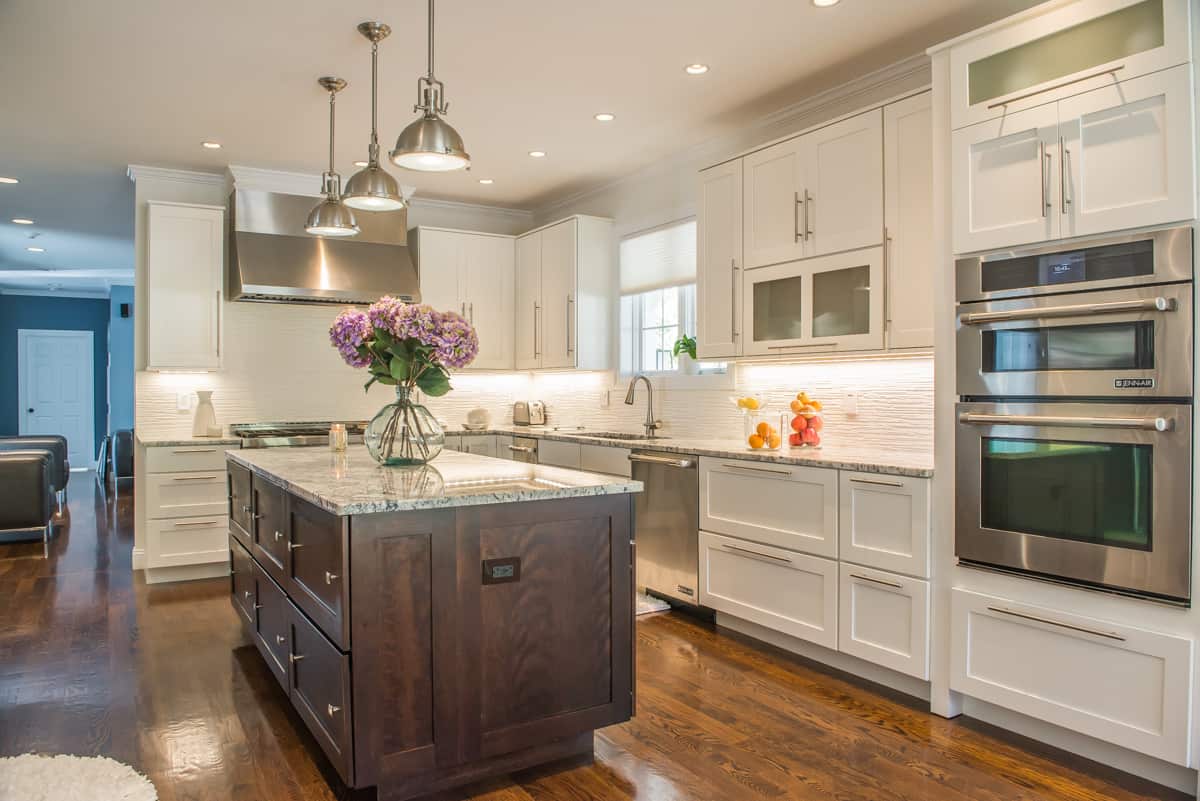





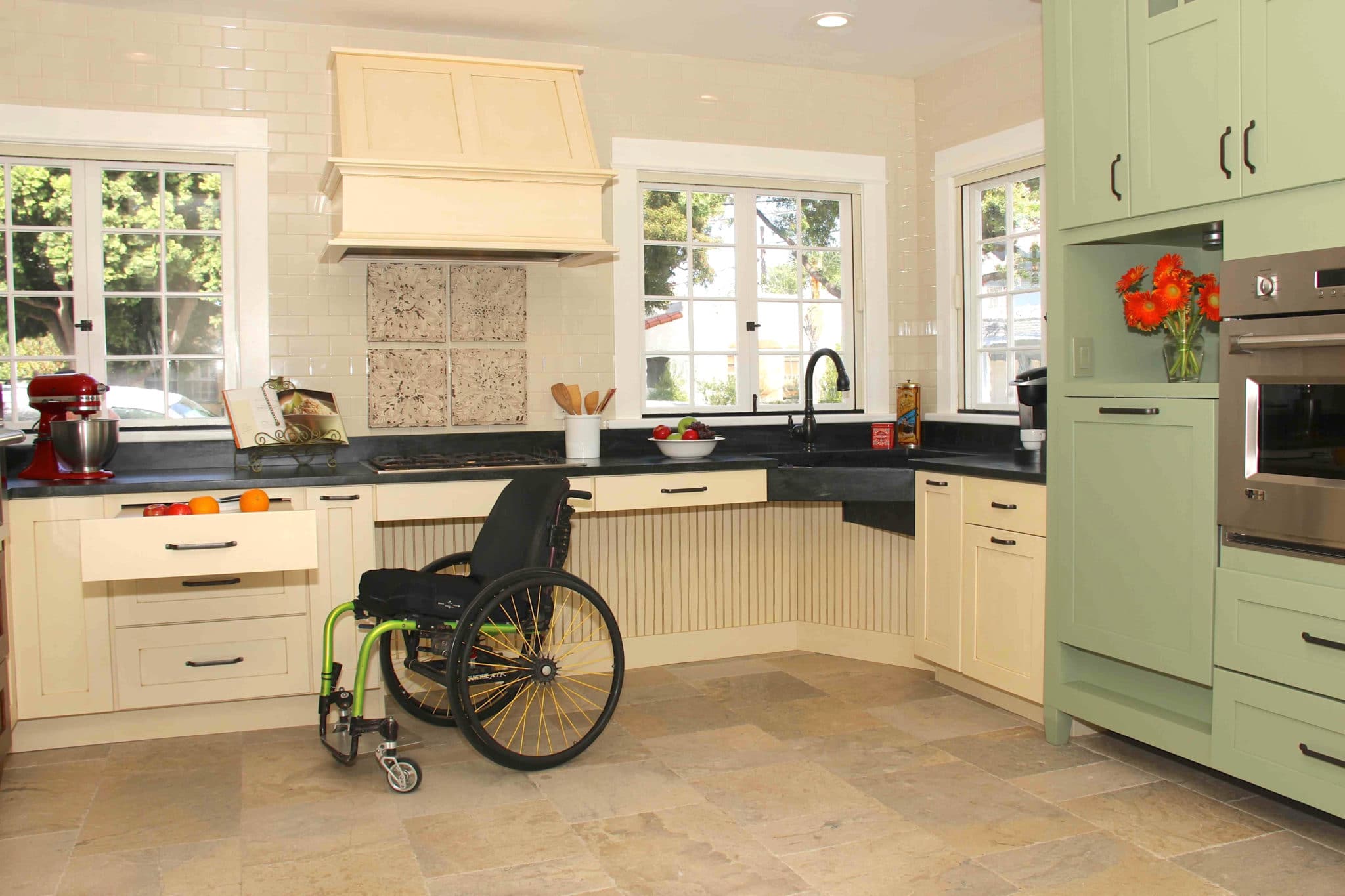
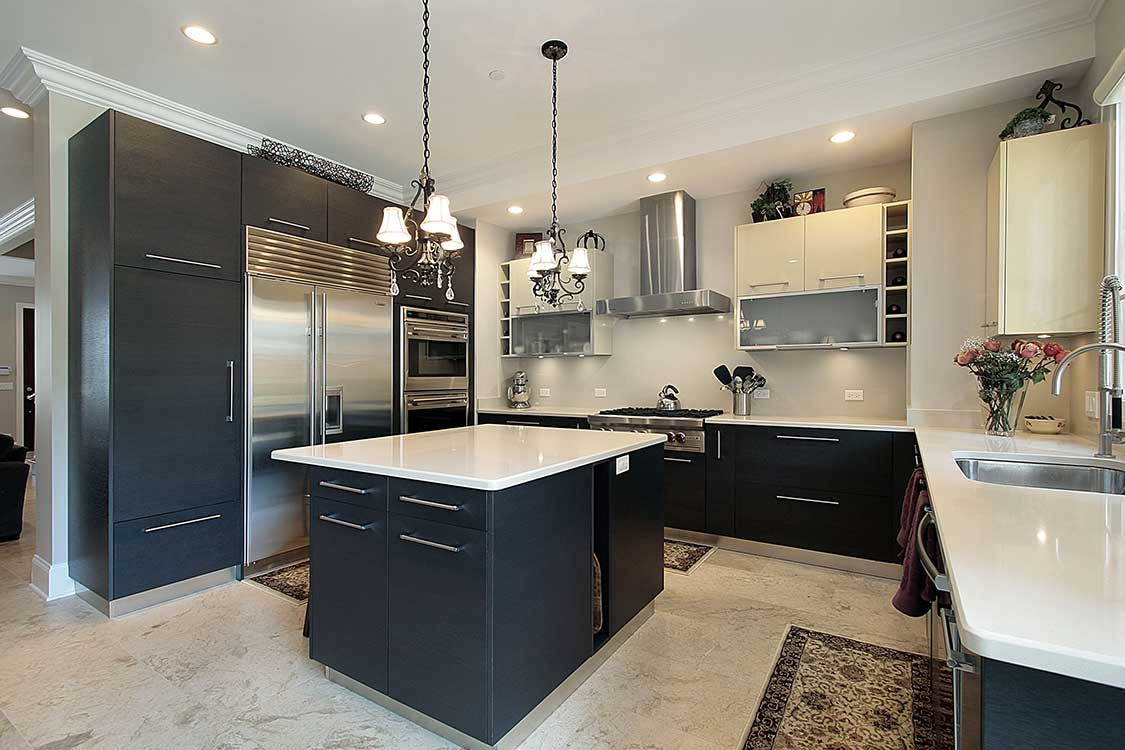

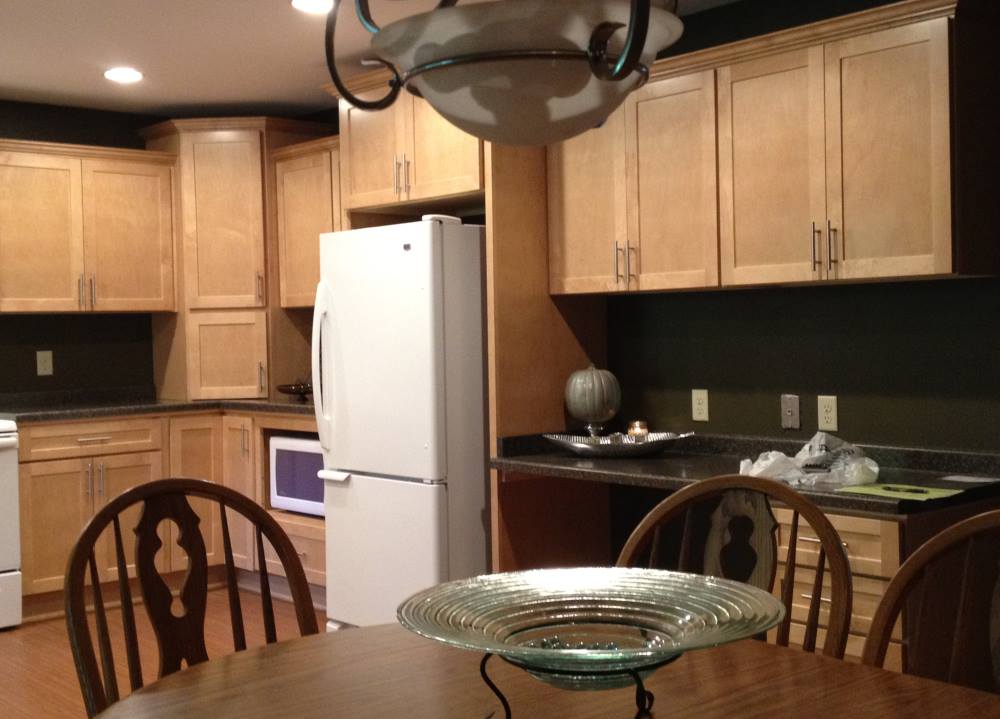



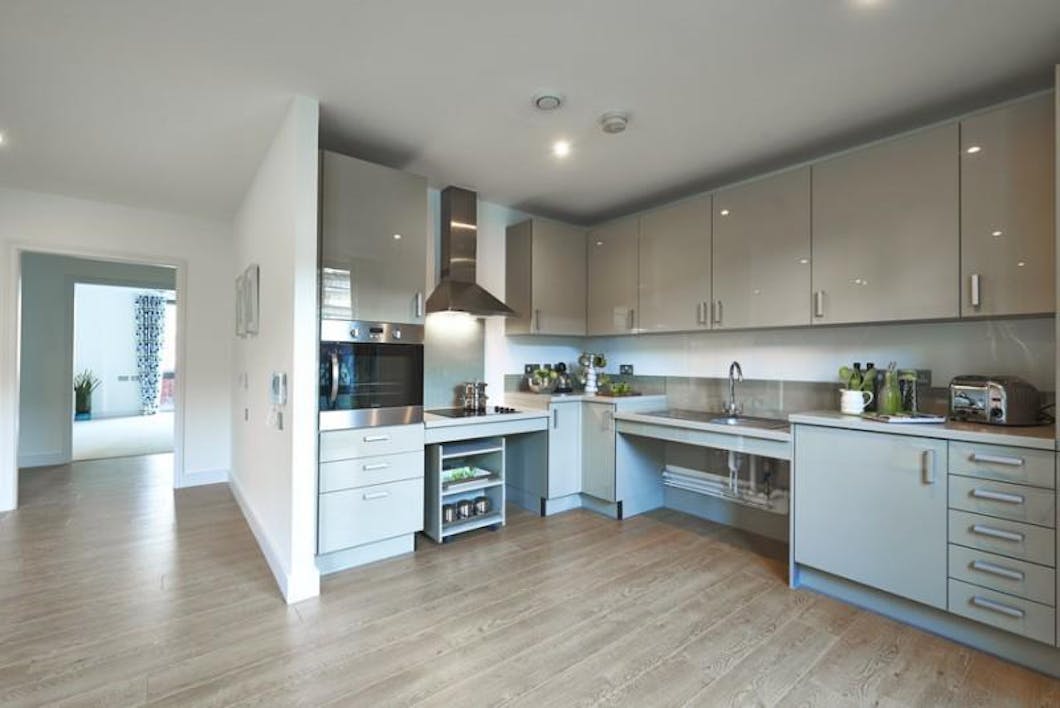






:max_bytes(150000):strip_icc()/181218_YaleAve_0175-29c27a777dbc4c9abe03bd8fb14cc114.jpg)
